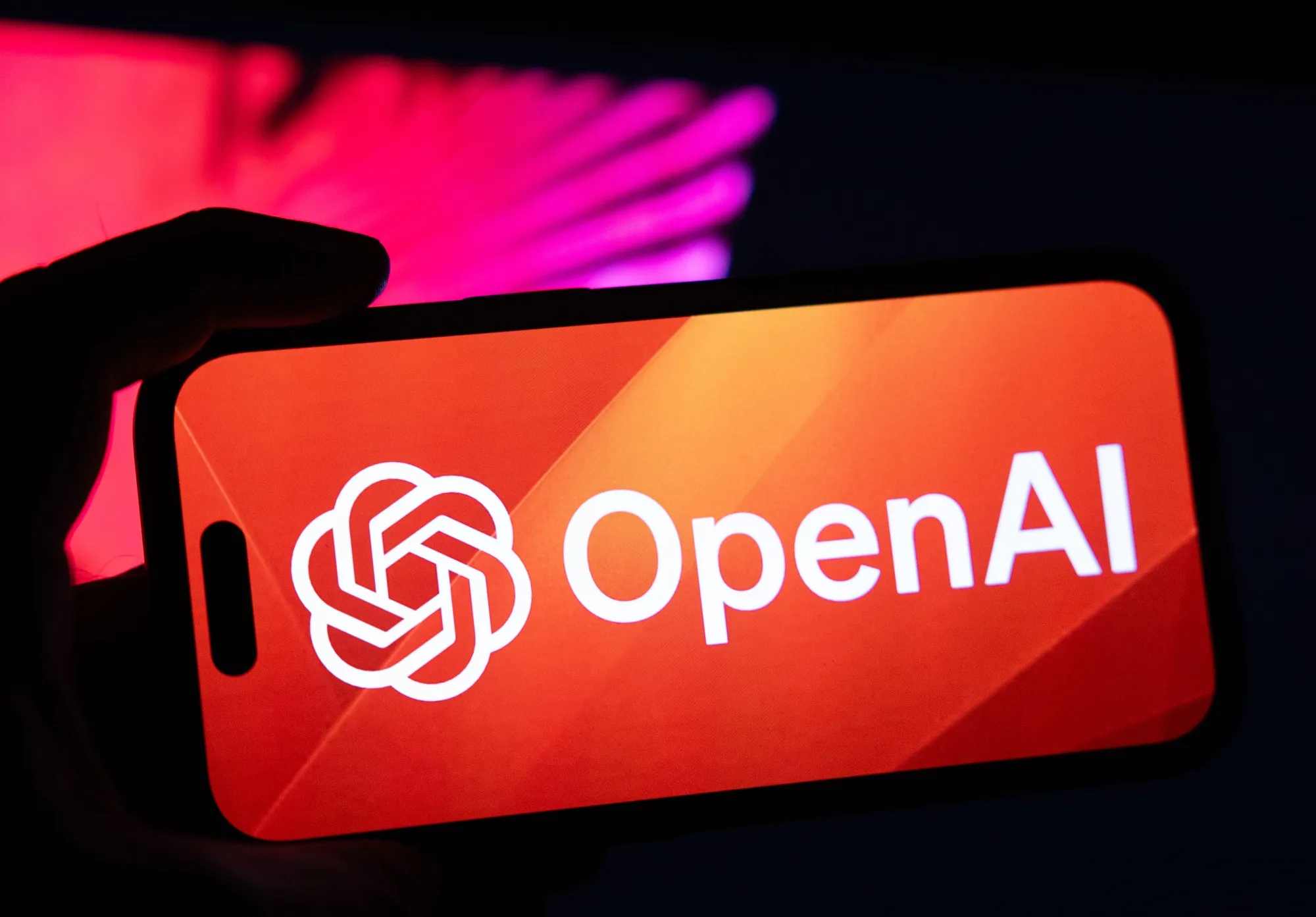
“Real-time protection, built with your privacy in mind. Real-time defense, right on your device: Scam Detection uses powerful on-device AI to notify you of a potential scam call happening in real-time by detecting conversation patterns commonly associated with scams. For example, if a caller claims to be from your bank and asks you to urgently transfer funds due to an alleged account breach, Scam Detection will process the call to determine whether the call is likely spam and, if so, can provide an audio and haptic alert and visual warning that the call may be a scam. Private by design, you’re always in control: We’ve built Scam Detection to protect your privacy and ensure you’re always in control of your data. Scam Detection is off by default, and you can decide whether you want to activate it for future calls. At any time, you can turn it off for all calls in the Phone app Settings, or during a particular call. The AI detection model and processing are fully on-device, which means that no conversation audio or transcription is stored on the device, sent to Google servers or anywhere else, or retrievable after the call. Cutting-edge AI protection, now on more Pixel phones: Gemini Nano, our advanced on-device AI model, powers Scam Detection on Pixel 9 series devices. As part of our commitment to bring powerful AI features to even more devices, this AI-powered protection is available to Pixel 6+ users thanks to other robust Google on-device machine learning models.”





